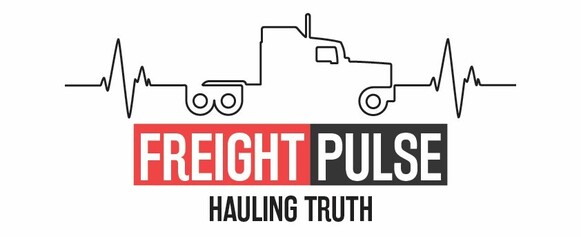WASHINGTON, D.C.- In a landmark decision on May 28, the U.S. Court of International Trade ruled that former President Donald Trump exceeded his legal authority by imposing widespread tariffs under emergency powers, dealing a blow to a core pillar of his economic strategy. While some tariffs remain in place, the decision fundamentally alters the landscape for U.S. trade policy and carries significant implications for the American trucking industry.
The court’s ruling invalidates tariffs enacted under the 1977 International Emergency Economic Powers Act (IEEPA), a law Trump used to justify sweeping import levies. These tariffs had disrupted global supply chains and driven up costs across key industries particularly in freight-dependent sectors like automotive, agriculture, and construction.
While the decision does leave in place Section 232 tariffs on imported steel, aluminum, autos, and parts, which were justified under national security provisions the court has reined in the broader use of tariffs as a unilateral executive tool. For the trucking industry, this ruling signals a potential shift toward greater trade stability and predictability, which is essential for logistics planning, freight pricing, and long-term investment.
What This Mean for the Trucking Industry
- Improved Cost Stability for Freight-Intensive Goods
The now-blocked tariffs contributed to higher costs for imported equipment, vehicle parts, and goods much of which was passed along through the supply chain. With many of these tariffs overturned, fleets may see reduced costs for truck parts, trailers, and other imported essentials, easing some pressure on maintenance budgets and vehicle replacement cycles.
- Smoother Supply Chains and Inventory Planning
The trucking sector, already battered by pandemic-era bottlenecks, was further strained by tariff-induced supply disruptions. Fewer trade barriers could help normalize cross-border freight flows, reduce delays at ports, and improve consistency in logistics operations.
- Increased Freight Demand From Reignited Imports
Should trade volumes rise as tariffs are lifted or reduced, trucking carriers could benefit from increased freight demand, particularly for inbound container drayage and long-haul distribution of goods entering through U.S. ports.
- Potential Uncertainty Around Remaining Tariffs
The Section 232 tariffs still in place continue to affect industries like automotive manufacturing and construction, both of which are major clients of the freight sector. Their continued existence means trucking companies will still face cost pressures and limited freight predictability in these sectors.
- Policy Predictability for Long-Term Fleet Planning
For years, fleet operators had to navigate an unpredictable trade environment, tariff announcements and retaliatory measures could change overnight. The ruling signals a return to more structured, law-based trade policymaking, which should reduce volatility and help logistics firms better plan fleet expansions, driver recruitment, and regional freight routing.
Legal and Political Contexts
The court found that Trump’s sweeping use of tariffs under IEEPA especially the so-called “Liberation Day” tariffs was not authorized under the law. While the administration argued that trade deficits were a national emergency, the court rejected that rationale.
Importantly, the ruling doesn’t affect all tariffs. Those imposed under Section 232 of the Trade Expansion Act of 1962, which includes levies on steel, aluminum, and automobiles, are still active due to their basis in national security findings by the Commerce Department.
The decision arrives amid ongoing lawsuits and political tensions, with the Trump administration immediately filing an appeal potentially setting the stage for a Supreme Court showdown.
For freight carriers, third-party logistics providers, and independent owner-operators, the ruling may mark the beginning of a more stable and trade-friendly environment. Though some tariffs remain, the end of broad, executive-imposed levies under emergency powers could lower operating costs and boost import freight volumes both welcome developments in a tight-margin industry still recovering from economic uncertainty and supply chain upheaval.
If Congress now takes a more active role in trade decisions, the trucking sector can expect greater transparency and predictability key ingredients for a healthier freight economy.

